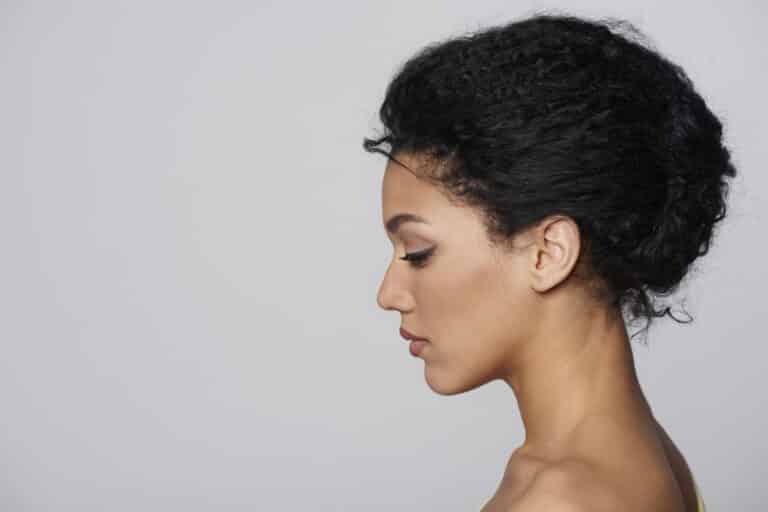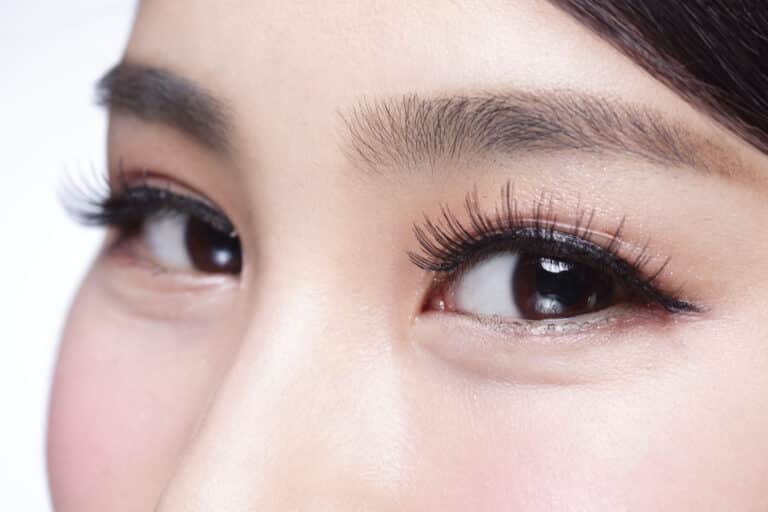What Plastic Surgery Procedure is Popular in China?
One of the most popular plastic surgery procedures in China is double eyelid surgery or Asian blepharoplasty. This procedure involves creating a crease in the upper eyelid, which is more commonly seen in people of non-Asian descent. Double eyelid surgery is sought after by individuals who desire a more defined eyelid contour and a perceived wider, more Westernized appearance to the eyes.
It’s important to note that preferences and trends in plastic surgery can change over time, and what may be popular at one point may evolve.
What is double eyelid plastic surgery?
Double eyelid surgery, also known as Asian blepharoplasty or double eyelid blepharoplasty, is a cosmetic surgical procedure that aims to create a crease or fold in the upper eyelid. This procedure is primarily sought after by individuals of East Asian descent who have a single eyelid without a distinct upper eyelid crease.
In many East Asian populations, individuals commonly have what is referred to as a “single eyelid” or “monolid,” where the upper eyelid does not have a naturally occurring crease. Double eyelid surgery creates an upper eyelid fold, resulting in the appearance of a crease or double eyelid.
During the procedure, the surgeon typically makes incisions along the desired crease line in the upper eyelid. Excess skin, fat, and sometimes muscle are then removed or repositioned to create the new eyelid crease. The technique used for double eyelid surgery can vary depending on the individual’s anatomy and desired outcome.
The goal of double eyelid surgery is to enhance the appearance of the eyes by creating a more defined eyelid contour and, in some cases, providing the illusion of larger or more “Westernized” eyes. It’s important to note that the procedure does not involve changing the shape of the eye or altering any other features besides creating the eyelid crease.
It is crucial for individuals considering double eyelid surgery or any other cosmetic procedure to consult with a qualified and board certified plastic surgeon who can assess their specific needs, provide detailed information about the procedure, and help manage expectations.
What are the different double eyelid surgery techniques?
- Full Incision Method: This technique involves making an incision along the entire length of the upper eyelid to remove excess skin, fat, and create a new eyelid crease. The surgeon then sutures the incision to create the desired double eyelid crease.
- Partial Incision Method: In this technique, the surgeon makes a shorter incision than the full incision method, usually in the middle of the eyelid. This method is suitable for individuals with less excess skin and fat. The partial incision allows for the creation of a double eyelid crease.
- Minimal Incision Method (Non-Incisional): This technique does not involve making an incision on the eyelid. Instead, the surgeon uses sutures or specialized medical tape to create the double eyelid crease. The sutures or tape are placed in strategic locations to form the desired crease, and they are typically left in place for a few months until the eyelid tissue adheres to the new crease.
- Buried Suture Technique: Also known as the “invisible stitch” method, this technique involves creating a double eyelid crease using buried sutures placed within the eyelid. The sutures are placed under the skin to create an internal fold, resulting in a natural-looking double eyelid crease.
- Combination Techniques: Surgeons may also combine different techniques depending on the patient’s specific needs and preferences. For example, a surgeon may use a combination of the full incision method and buried suture technique to achieve the desired double eyelid appearance.
How long does it take to recover after Double Eyelid Surgery?
Recovery after double eyelid surgery can vary from person to person, but here are some general guidelines:
- Immediately after surgery: You may experience some discomfort, swelling, and bruising around the eyelids. Your eyes may feel tight or sore, and your vision might be slightly blurred. Cold compresses and prescribed pain medication can help manage these symptoms.
- First week: You’ll likely need to keep your head elevated, even while sleeping, to help reduce swelling. It’s important to follow your surgeon’s instructions regarding medication, eye drops, and wound care. Avoid strenuous activities, heavy lifting, and bending over. Most patients can return to work within one to two weeks, depending on the nature of their job.
- First month: Swelling and bruising should gradually subside during this time. You may experience some temporary dryness, itching, or sensitivity in the eye area. Your surgeon may advise you to avoid wearing contact lenses or using eye makeup for a few weeks. Protect your eyes from the sun by wearing sunglasses with UV protection.
- Subsequent months: The majority of swelling should resolve within a few weeks to a few months. However, it can take several months for all swelling to completely dissipate and for the final results of the surgery to become apparent. Follow-up visits with your surgeon will help monitor your progress.
It’s important to note that individual recovery experiences can vary, and it’s crucial to follow your surgeon’s specific instructions for post-operative care. They will provide personalized advice based on your unique situation. If you have any concerns during the recovery process, it’s best to consult your surgeon for guidance.







